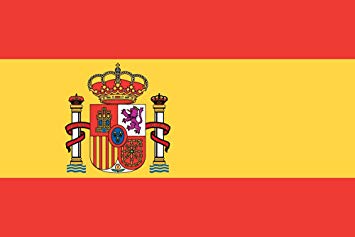
EXITS program – Spain
All the aforementioned programs share an Anglo-Saxon inspiration and have similarities with programs from Australia (i.e. ACE, see Chapter 2) and the United Kingdom (i.e. Lifestyle programs, see Chapter 18). They include seminars (e.g. time and financial management, dealing with the media) and guidance for athletes upon demand (e.g. balancing sporting and educational career, helping with a job after retirement). However, more recently, Regüela (2011) proposed an assistance program that is more inspired by the French tradition (i.e. life project, see Chapter 8), with a more holistic approach that is sensitive to athletes' individual needs. The program is called ÈXITS (Excellence and transitions) and works with the ‘personal project’ as a tool to cope with transitions during the sporting career and at its end. In Catalan, ÈXITS means success, not exit, as in English. However, the name of the program is a play on words with an intercultural double meaning. ÈXITS was designed and implemented between 2008 and 2011 in the High Performance Center of Barcelona. More than 100 athletes used one or more of the services provided by the Athletes' Advice Office (e.g. mentoring sessions with former athletes, time management, retirement planning) and some of them – the ones that the service providers thought could benefit from a more idiosyncratic and holistic approach – were asked to participate in the pilot version of ÈXITS. These athletes designed their personal project assisted by ÈXITS practitioners. Even if they are undergoing the same transition, athletes have different needs depending on their life/career development period as well as different levels of personal competencies and motivation to follow their personal project. Thus, the number of sessions required to design and carry out the personal project varies. The realization of the personal project implies the involvement of the athlete's significant others (e.g. coach or partner), including their participation in counseling sessions. The personal project provides athletes with the opportunity of anticipating some potential difficulties and learning how to cope with these more effectively. The satisfaction of the athletes who followed the ÈXITS program was high, but long-term effects are still under study.